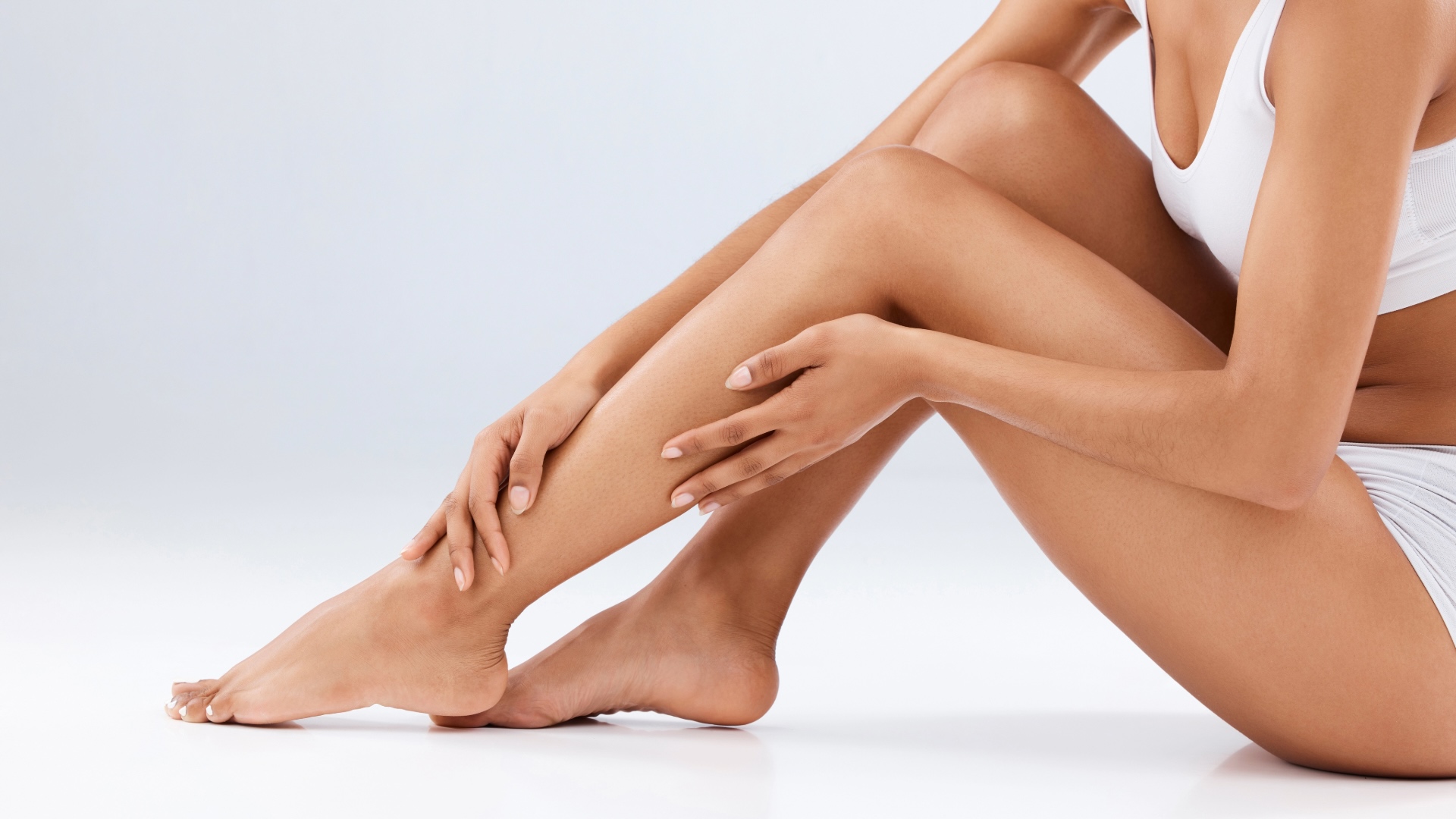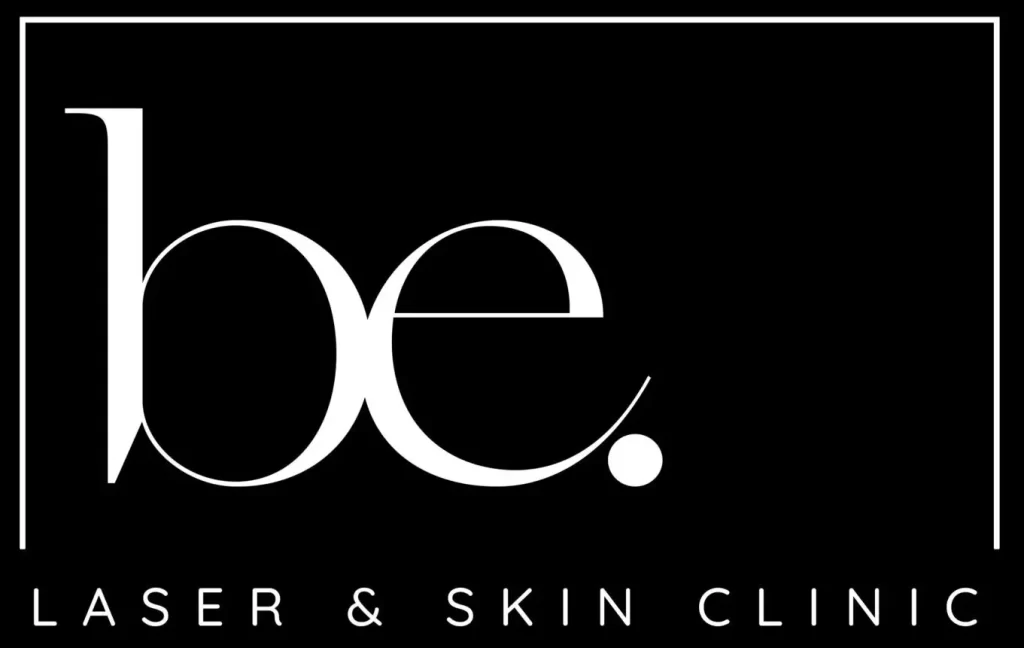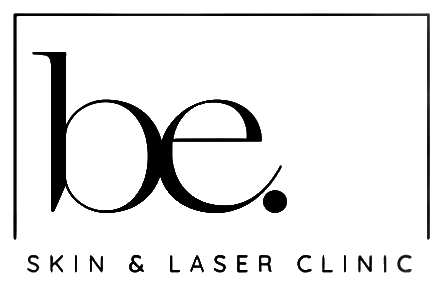Tired of the endless cycle of shaving and waxing, only for stubble to reappear in days? It’s time to explore non-traditional hair removal alternatives that promise smooth skin without the hassle. With painless options such as depilatory creams, trimming, and threading, you can finally enjoy lasting results and minimise skin irritation. This exploration into alternatives will offer you insights into achieving effortlessly smooth skin, freeing you from constant maintenance. Discover how these innovative methods can transform your skincare routine and elevate your confidence.
Discover Non-Traditional Hair Removal Alternatives
Exploring alternatives to traditional shaving and waxing can offer painless solutions for achieving smooth skin. Many individuals are turning to innovative hair removal methods that provide convenience and effectiveness without the drawbacks of discomfort or irritation often associated with conventional techniques.
Depilatory creams present an effective, painless alternative. These creams work by dissolving hair at the skin’s surface, allowing easy removal without the need for blades or hot wax. While results are temporary, typically lasting from a few days to a week, they offer a quick solution for those seeking smooth skin without the hassle of shaving or waxing. However, it is important to conduct a patch test before full application to avoid potential skin reactions.
Here are some additional non-traditional hair removal methods:
- Trimming: A pain-free option that manages hair length without complete removal. It significantly reduces the risk of skin irritation and is ideal for sensitive areas.
- Threading: This technique involves twisting a thread to pull hair out from the follicle. Often used for facial hair, it can be applied to small areas on the back, offering results similar to waxing without the need for chemicals or heat.
- Sugaring: Similar to waxing, this method uses a natural paste made from sugar, lemon, and water. It adheres to hair rather than skin, reducing discomfort during removal.
- Epilators: Devices that mechanically grasp multiple hairs and pull them out from the root. They provide longer-lasting results than shaving and are suitable for various body areas.
- Laser Hair Removal: Utilises concentrated light to target hair follicles, offering a more permanent reduction after multiple sessions. It’s effective for larger areas and reduces hair regrowth significantly.
The growing popularity of these methods reflects a shift towards painless and efficient hair removal experiences. Individuals are increasingly opting for these alternatives to avoid the discomfort and frequent maintenance associated with traditional shaving and waxing.
Embrace the Benefits of Laser Hair Removal
Laser hair removal employs concentrated light to effectively target and destroy hair follicles, providing a solution for permanent hair reduction. By focusing light energy directly into the follicles, the process inhibits future hair growth without harming the surrounding skin. This makes laser hair removal a precise and efficient method for achieving long-lasting smoothness.
One of the significant advantages of laser hair removal is its suitability for all skin types and tones. The technology is adaptable, ensuring that individuals with varying skin colours can benefit from this treatment. Sessions are typically scheduled four weeks apart, offering a convenient and structured approach to hair reduction. This spacing allows for optimal targeting of hair in different growth phases, maximising the effectiveness of each session. The consistency of this schedule contributes to a more manageable and less time-consuming hair removal routine.
In the long term, laser hair removal proves to be a cost-effective and efficient alternative to traditional methods like shaving and waxing. At Be. Laser & Skin Clinic Taunton, the affordability of treatments makes it accessible for those seeking a more permanent solution. The investment in laser hair removal not only reduces the hassle of frequent maintenance but also enhances overall skin smoothness and appearance.
Why Choose Electrolysis for Hair Removal

Electrolysis stands out as the only FDA-approved method for permanent hair removal, providing a reliable solution for those looking to eliminate unwanted hair for good. By utilising electric currents to destroy hair follicles, electrolysis ensures that hair does not grow back, making it an appealing option for individuals seeking a long-lasting answer to hair removal.
The process of electrolysis is effective across all hair colours and types, offering versatility that many other hair removal methods cannot match. This adaptability is particularly beneficial for those with lighter hair colours, which may not respond well to laser treatments. While electrolysis requires multiple sessions to achieve complete hair removal, its ability to permanently eradicate hair growth is unmatched. However, it is important to note that the time commitment and potential expense involved can be considerable, as each session targets individual follicles.
- Pros of Electrolysis:
- Permanent hair removal solution
- Effective on all hair colours and types
- No risk of skin discolouration
- Suitable for small and sensitive areas
- Cons of Electrolysis:
- Requires multiple sessions
- Time-consuming process
- Higher initial cost
- Potential for slight discomfort during treatment
For those committed to achieving permanent hair removal, electrolysis offers significant advantages. It is especially recommended for individuals who are willing to invest the time and resources necessary for multiple sessions. The outcome is a hair-free result that eliminates the need for ongoing maintenance, making it a valuable choice for those seeking a definitive solution.
Considerations for Sensitive Skin in Hair Removal
Sensitive skin often faces challenges with traditional hair removal methods. Waxing can lead to irritation or ingrown hairs, while shaving may result in razor burns, cuts, or even dry skin. These issues not only cause discomfort but can also affect the overall health and appearance of the skin. Individuals with sensitive skin need to be particularly cautious when selecting hair removal techniques to minimise these adverse effects.
To manage these challenges, several solutions can be employed. Moisturising after hair removal is crucial for rehydrating the skin and preventing dryness. Using reach-extending tools can help access difficult areas on the body, such as the back, while ensuring a gentler approach that reduces the risk of irritation. Additionally, opting for hair removal techniques that minimise skin contact, such as trimming or using depilatory creams, can further lessen the chance of adverse reactions. It is also advisable to use shaving creams or gels specifically designed for sensitive skin to provide a protective barrier during the shaving process.
Adjusting Your Skincare Routine
Integrating suitable products into one’s skincare routine can greatly enhance skin health post-hair removal. Consider the following tips:
- Moisturisers: Choose a fragrance-free moisturiser to hydrate and soothe the skin after hair removal.
- Soothing Treatments: Apply aloe vera or chamomile-infused gels to calm irritated skin.
- Exfoliation: Regularly exfoliate with a mild scrub to prevent ingrown hairs and maintain smooth skin.
- Gentle Cleansers: Opt for gentle, non-soap cleansers to maintain the skin’s natural balance without causing further irritation.
For those with sensitive skin, consulting with professionals at Be. Laser & Skin Clinic Taunton is highly recommended. Personalised advice can help tailor a hair removal and skincare regimen that optimises skin health and reduces the likelihood of irritation or discomfort.
The Financial and Time Investments in Hair Removal
Shaving and waxing entail recurring costs and time commitments that can accumulate significantly over time. Traditional shaving requires constant replenishment of razors, shaving creams, and aftercare products. Waxing, whether done at home or professionally, involves regular appointments or purchases of waxing kits, contributing to ongoing expenses. These repeated investments can be both financially burdensome and time-consuming, as they require frequent attention to maintain desired results.
Laser hair removal offers a cost-effective and time-saving alternative to these traditional methods. With prices starting at approximately £12 per session, laser treatments reduce the need for continuous purchases of shaving or waxing supplies. The procedure’s effectiveness in targeting hair follicles means that, over time, the frequency of sessions decreases as hair growth diminishes. Sessions are typically spaced four weeks apart, allowing for a structured schedule that fits conveniently into one’s routine. This translates into fewer trips and less time spent on hair removal, providing a more efficient approach to achieving smooth skin.
- Shaving:
- Low initial cost
- Requires frequent purchases
- Time-consuming due to regular upkeep
- May result in skin irritation or cuts
- Temporary results, necessitating daily or weekly maintenance
- Waxing:
- Moderate cost per session
- Involves ongoing appointments or kit purchases
- Painful and uncomfortable for some
- Longer-lasting results than shaving
- Can cause skin irritation or ingrown hairs
- Laser Hair Removal:
- Higher initial cost per session
- Reduces overall expenses over time
- Sessions spaced four weeks apart
- Minimal discomfort compared to waxing
- Offers long-term reduction in hair growth
Investing in laser hair removal at Be. Laser & Skin Clinic Taunton can lead to substantial long-term savings and convenience. By opting for laser treatments, individuals can reduce the ongoing costs and time commitments associated with traditional hair removal methods. This approach not only enhances one’s financial efficiency but also ensures a more streamlined and effective hair removal experience.
Transitioning to a Hair-Free Lifestyle

Permanent hair reduction methods, such as laser hair removal and electrolysis, provide a long-term solution for those seeking a hair-free lifestyle. These treatments significantly reduce the frequency of hair removal routines, allowing individuals to enjoy smooth skin without the constant upkeep associated with traditional methods like shaving and waxing. The initial investment in these treatments pays off over time, offering both convenience and efficiency.
Transitioning to a hair-free lifestyle involves some lifestyle changes and commitments. Initially, it requires scheduling and attending multiple treatment sessions. Laser hair removal typically involves sessions spaced four weeks apart, allowing the technology to target hair in different growth phases effectively. Similarly, electrolysis necessitates regular appointments to ensure permanent hair removal. These commitments might seem demanding at first, but they gradually lead to a reduction in hair growth and fewer maintenance requirements. The process demands patience and dedication, but the results are worth the effort.
The freedom from regular hair removal routines is one of the most rewarding aspects of choosing permanent reduction methods. With a significant decrease in hair growth, individuals can enjoy smoother skin with minimal effort. Be. Laser & Skin Clinic Taunton offers expert guidance and treatments to facilitate a smooth transition into this lifestyle, providing solutions tailored to individual needs and ensuring a seamless shift towards a more convenient hair-free existence.
Final Words
Exploring an array of hair removal alternatives unveils options beyond traditional shaving and waxing. Depilatory creams, trimming, and threading offer painless solutions for smooth skin. Laser hair removal stands out with its permanent reduction of unwanted hair, merging affordability with effectiveness. Electrolysis provides a long-term solution across all hair types, although it involves a greater time commitment.
For those with sensitive skin, careful moisturising and strategic skincare adjustments prevent irritation. Embrace a hair-free lifestyle by investing in treatments that reduce the frequency of maintenance. Turn your back on shaving and waxing, and choose methods that save time and enhance skin confidence.
FAQ
Why is my back so hairy female?
Female back hair can be attributed to hormonal imbalances or genetic factors. It’s common and varies in thickness and distribution.
How to remove back hair permanently?
For permanent back hair removal, opt for laser treatments or electrolysis. These methods destroy hair follicles and prevent regrowth over time.
Should I shave my back hair girl?
Shaving is not recommended for back hair due to the difficulty in reaching the area and potential for irritation.
How to remove back hair by yourself?
To remove back hair solo, use a long-handled electric trimmer or depilatory cream designed for self-application, ensuring safety and ease.
Is it better to shave or wax your back?
Waxing has longer-lasting results than shaving and reduces stubble, but it can be painful. Consider your pain tolerance and hair growth rate.
Should I switch from shaving to waxing?
Switching from shaving to waxing can result in smoother skin and less frequent maintenance. Waxing also reduces ingrown hairs and slows regrowth over time.
What happens if you go back to shaving after waxing?
Returning to shaving after waxing may lead to quicker regrowth and a coarse texture, undoing waxing benefits.
Is it normal to get your back waxed?
Back waxing is a standard grooming method and widely accepted for managing excessive or unwanted hair.
Are depilatory creams effective for back hair removal?
Depilatory creams effectively dissolve back hair at the surface, providing a temporary pain-free alternative to shaving and waxing. Results typically last a few days to a week.
What are some painless alternatives for back hair removal?
Painless methods include:
- Depilatory Creams: Dissolve hair at the skin’s surface.
- Trimming: Manages hair length without skin irritation.
- Threading: Offers precision without pulling skin.
- Sugaring: Less painful than waxing, uses sugar paste.
- Hair Removal Pads: Buffs away hair without pain.





